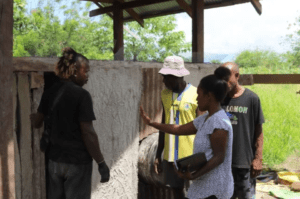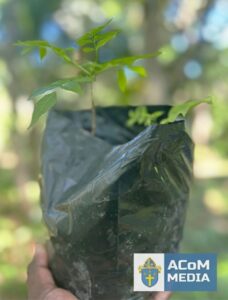BY TAVAKE SIMON HANA’AROA
WITH the current widespread of kava farming across the country, kava farmers in Guadalcanal province together with its provincial government are aiming to produce at least up to 5 metric tons of kava by 2023.
This was according to Chief Field Officer, Agriculture Division of the Guadalcanal Provincial Government (GPG) Joseph Wotomaru In a media release from the Ministry of Agriculture and Livestock Information and Media Unit.
To help achieve its aim, GPG’s Agriculture Division with support from the Ministry of Agriculture and Livestock’s (MAL) Extension Department continuously carried out training for the farmers to support them with skills and knowledge on how they can manage and boost their production.
The recent training conducted was from 17th – 21st August 2020 on the weather coast of Guadalcanal in which 183 Kava farmers participated.
“This is to increase the capacity of rural farmers and to support them to increase Kava production to boost agricultural economic activities hence, improving rural Livelihoods and ensuring food security in Guadalcanal.
“We aim to increase kava production from 1.2 metric tons as in 2018 to 5 metric tons by 2023,” he said.
Also according to the media release, Mr. Wotomaru further stated that though the kava revolution continues to transpire across the country, there are farmers who continue to strive in the industry despite challenges.
He said rural farmers in Guadalcanal, especially those in the southern region of Guadalcanal continue to face impediments including; Lack of proper tools and processing facilities; lack of first-hand technical information on agronomy and processing to ensure quality kava is produced, remoteness and cost of transportation is high and no Extension officer on site.
“Kava is a new crop to some areas in the country and a lot of farmers have used trial and error approach to reach where they are now and to appreciate the work done, I suggest there should be more support given to them.
“Now that this program is completed, I am looking forward to monitoring the progress of implementation by farmers and to evaluate the success if we can reach 5 metric tons by 2023.”




